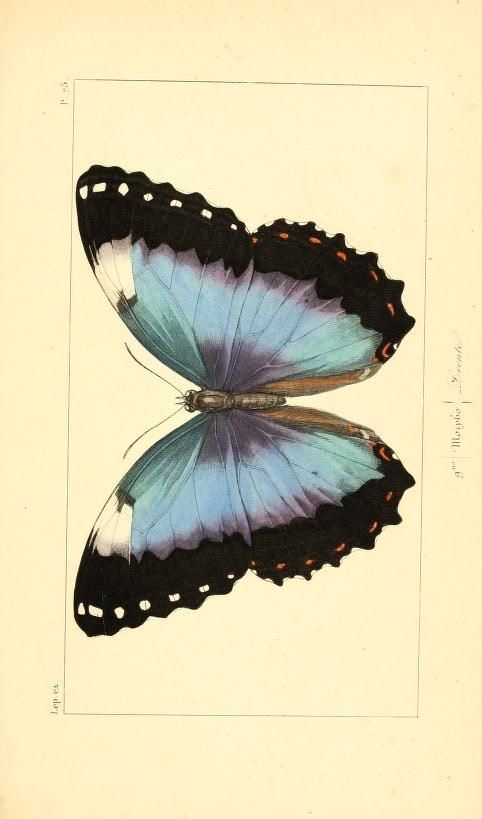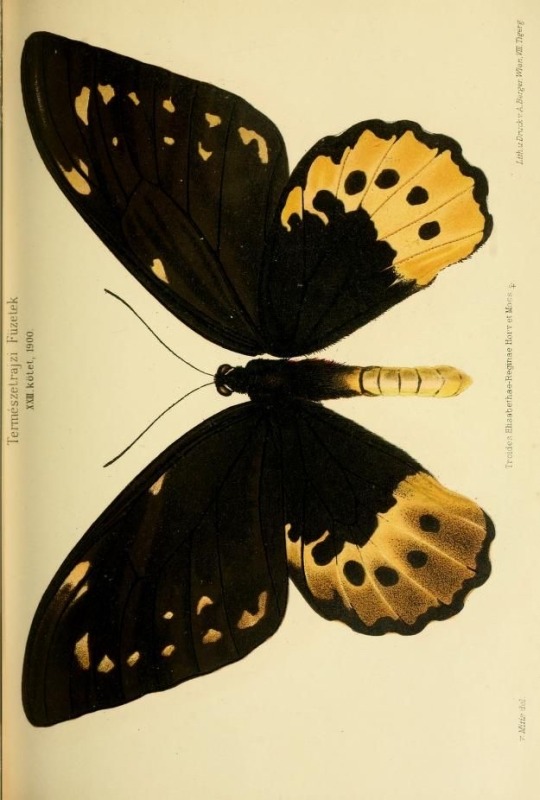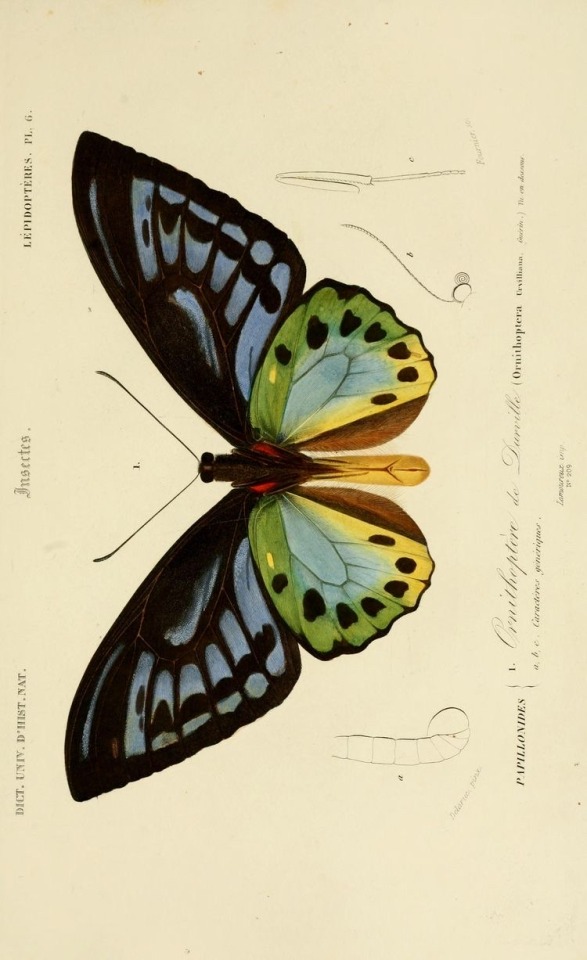Text



The transition from a young plantling to a full fledged, grown up mother plant is a fascinating (but at times awkward) journey.
Shown here is a Dandelion, Strawberry and Helleborus flower - from newly sprouted bud to mature blossom!
68K notes
·
View notes
Text

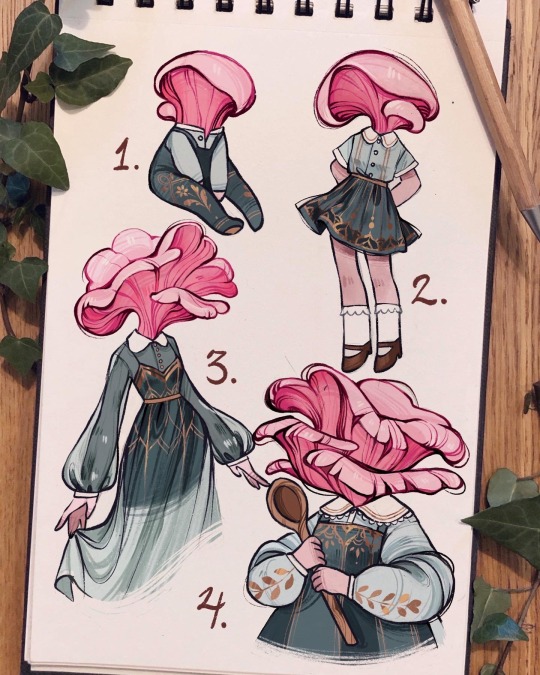


Growth stages of various mushrooms! from young spore to wisened, old granny fungi.
96K notes
·
View notes
Photo







Beltane, Beyond the Misconceptions of Wicca: Exploring Universal Historical Truths and Reconstructionism
The traditional roots of Beltane are actually quite different than Wicca would have you believe. While Wiccans state Beltane is when the “May Queen” and “Horned God” reunite, and is a celebration of sexual abundance—the truth behind this holiday is very different. Wiccan practice tends to appropriate Celtic pagan holidays and reimagines them with their own deities, typically the Horned God and Goddess figures.
Beltane is actually pagan holiday from the Celtic regions, notably Ireland. Beltane and Samhain serve as two bookends in a way to the year. On both of these days, it was believed the veil between our world and the Otherworld were thinnest. Irish notions of the Otherworld was not as Wicca would also have you believe, that it was the realm of the dead. Rather, the Otherworld is an adjacent sort of dimension to ours, and is the realm of the fae and other mystical beings.
Beltane was primarily a festival of livestock and preparation for summer. In Spring we planted, in Summer we sow, in Autumn we reap, and in Winter we rest. At this time right in the crux between Spring and Summer, the Irish celebrated and purified the livestock to get ready for the hard work of summer. This was done by lighting two fires, and often walking the cattle between them. This was thought to be purifying, and to ensure that the cattle would be blessed for the upcoming harvest. People too might pass between the fires. Historically, druids lit the fires and weaved into them spells. These fires were both practical, symbolic, and mystical; thought to help burn away disease, as well as to ensure safety and protection from the fae. People would also relight their hearth fires from the Beltane bonfires. At the fires were also special feasts and celebrations, with lamb being a common component of the Beltane feast.
In addition to fire, flowers were an essential symbol of Beltane or May Day. Yellow flowers would be left as an offering on the doorstep, to ensure blessing and protection over the home. Flowers were also used to adorn a variety of other things at this time, such as; wndows, garlands, cows, trees, bushes, and people.
Another very important aspect of May Day and Beltane in Irish history was the decoration of a May Bush—which some historians believe to be a vestigial practice from the earliest time of religion in Ireland, when the druids worshipped the trees. Thorn bushes and trees with thorns were thought to be especially associated with the fae. On Beltane May Bushes would be decorated with flowers, ribbons, shells, and garlands. There would be community May Bushes, as well as May Bushes at people’s homes. There were varying ways in which the May Bush was dealt with after; some remained up and decorated for quite some time, while others would be burned in the celebrations bonfires. This practice was also seen as a way to provide an offering and receive blessings from the fae.
Water was another important element on this day. The first water drawn from a well, and the morning dew from Beltane was thought to be very magical; and at sunrise people would bask in these elements. Young women would even roll through the grass and morning dew, people would collect it, and people would also leave offerings at the holy wells.
Further offerings to the fae were also practices, such as leaving food or milk at special places associated with faeries—such as faerie trees. A small bit of the cattle’s blood would taken, and buried into the earth with certain incantations ensuring protection of the herd.
There is a special site that is aligned with Beltane. During sunrise at the Beltany Stone Circle the sun aligns with the top of the only decorated stone in the circle. And while many associate Beltane with May 1st, and modern May Day celebrations; it is not strictly on that day. There are astronomical calculations that determine the date of Beltane, and it does not always fall on May 1st.
While Beltane was a practice of the Celts, there are other similarities across other ancient traditions at the same time of year.
One of these very similar practices is Valborg in Sweden—in which livestock and bonfires are once again joined together. In the Swedish celebration, livestock are left out to graze overnight with bonfires lit to ward off prey and protect the herds. Furthermore, echoing the May Bush and offering of flowers on the doorstep in Ireland, young people in Sweden collect flora and fauna from the woods at dusk, which were brought back to adorn the homes of the village.
Another somewhat similar practice at this time was Walpurgis Night and Hexennacht, which were ancient Germanic traditions. Walpurgis Night honors the Christian saint Walpurga, who made great contributions to medicine in Germany. On Walpurgis Night bonfires were lit to ward off supernatural danger. While this was thought to be danger from witches, it is quite similar to the lighting of Beltane fires to ward of danger from the Fae and the Otherworld. The Christian reasoning behind having this night’s celebration be to protect against magical threat, was due to an earlier pagan tradition of Hexennacht—in which witches gathered on this night. On Hexennacht, witches were known to have a celebration on the mountain in Germany, Brocken.
Estonia also has a celebration on April 30th into May 1st, Volbrioo and Kevadpuha. Volbrioo is like Hexennacht, a night where witches gather—and to this day people may still dress up as witches on this evening. Kevadpuha is Spring day, and falls on May 1st.
In the Czech Republic, a festival known as the “burning of the witches” occurs on this date as well. Bonfires are lit, similarly to Walpugis Night, to ward off witches. Echoing the Swedish and Celtic customs of interacting with the blooming flora and fauna, the Czech would also search for blooming cherry trees once the bonfires died out. At midnight, it was considered lucky to be kissed under a blooming cherry tree. May 1st is also considered a day of love.
On the island of Texel in the Netherlands, a celebration called Meierblis (May Blaze) is also characterized by the lighting of bonfires. These fires were not lit to ward off witches, disease, or fae; but rather to drive away the cold of winter and welcome spring.
While there are many different countries and ancient cultural traditions at this time of the year, it is interesting that they all fall around April 30th and May 1st—with some striking similarities. It is safe to say the Irish were correct in believing the veil between this world and the Otherworld is thin on this night. Many other cultures too seem to believe that the supernatural may be more of a threat on this evening, or that there is great energy to be gathered on this night. Furthermore, the worship and honoring of Spring seems to be universal at this time as well, and the element of fire being so prominent is not an aspect one can overlook.
In seeking the truth in eclectic pagan re-constructionism, I believe this review of cultural practices shines light on the universal truth that this time is certainly full of magic and power, and the best ways of invoking it is through flora, fauna, and fire.
2K notes
·
View notes
Text
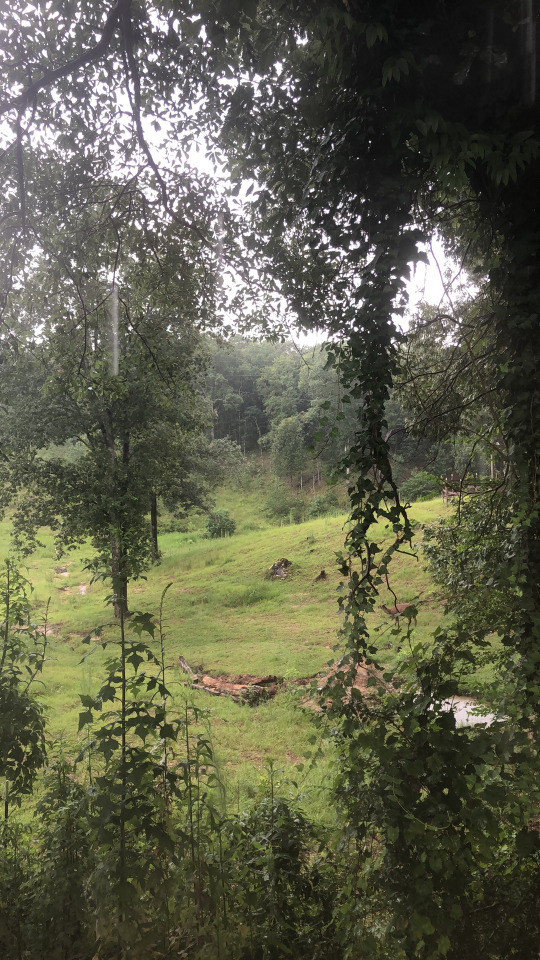

its raining in the pasture today.
let me know if anyone wants the video with sound!
6K notes
·
View notes
Photo

“Minimal Effort, Maximum Results”
Draw this sigil when you’re feeling tired but still need to finish a project.
And so then, refer to the root phrase.
Great for assisting in spoonie magic probably.
3K notes
·
View notes
Text
All this time (about 2years now) and even though I’m not really here anymore, it still makes my day a bit brighter watching my tiny blog have something a hundred people see worth sharing. Then 300. Then 500. Then 1000. Then to 2000. And now we are almost to 3000. My second most popular post has around 400 last I checked. And I thought that was gonna be as good as it’s gonna get. It’s nice to feel heard. I appreciate each and everyone of you who make me smile whenever I log in. I know 2800 doesn’t seem like a lot on here or for most in general but it’s a lot for me so thank you. ✨🌸Stay Curious
Hey all, just a tip because I haven’t seen it anywhere yet.
Here in the PNW we got lots of slimy friends aka snails, frogs, toads, newts, salamanders etc. And these guys have very sensitive skin that’s gotta stay moist. So if you wanna pick up a friend,
please pleaSE PLEASE
coat your hand or finders* in dirt first.
This helps you because most of the time salamanders and newts have a toxic or poisonous mucus on them
it overall helps all of the guys listed above because then they aren’t touching your salty skin oils which really burn them!
Moral of the story is get dirty so you don’t hurt my friends
.
.
*finders = fingers
#my post#mine#✨#animals#frogs#toads#snails#slugs#newts#salamanders#pagan#witchcraft#goblincore#cottagecore#crow core#grunge#farmcore#faecore#fairycore#witchcore#environmental
3K notes
·
View notes




